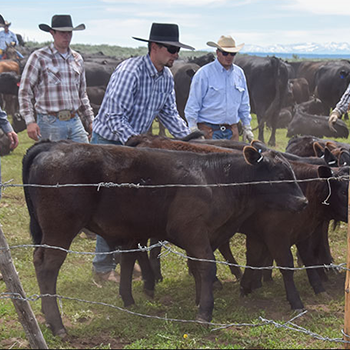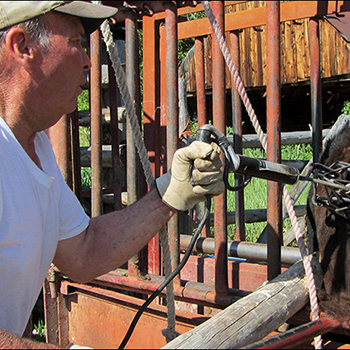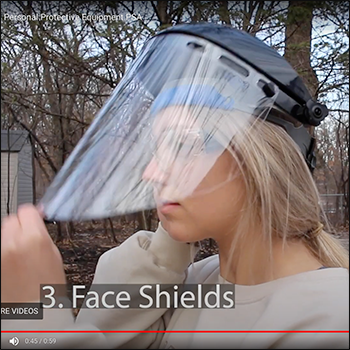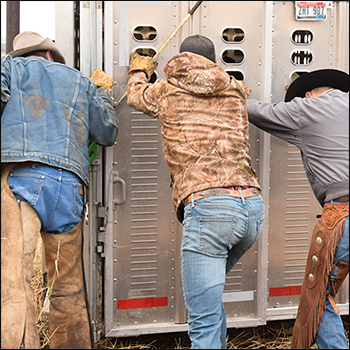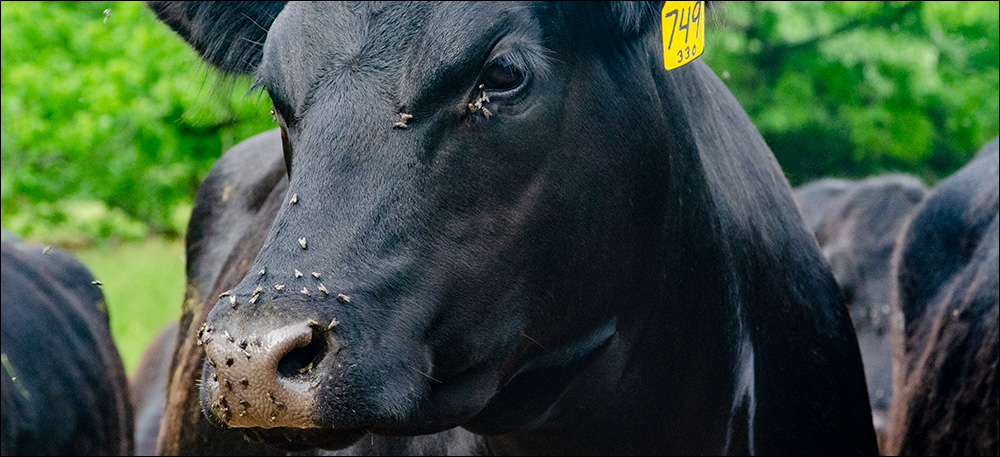
Improve Performance With Effective Fly Control for Cattle
It’s not too late for fly control to affect fall performance. Are you using the right control product for summer use?
Flies can cost producers approximately 20 pounds (lb.) of lost weight gain. Pasture cattle in nearly all parts of the country are plagued with both face flies and horn flies.
Horn flies are bloodsuckers and spend nearly all their life on the cow or calf, taking 20-30 blood meals per day. As numbers increase, productivity becomes a concern and can start to affect profitability. The more flies, the more potential for lost pounds and productivity. Producers can expect to see a loss of 10-15 lb. in calf weaning weights when horn flies are not controlled on the cow.
Face flies spread disease, the most significant being pinkeye, among cattle. From treatment costs to white eyes and lost eyes, pinkeye can devastate a calf crop, greatly decrease a bull’s productivity and retire a cow from the herd long before expected.
Fly control for cattle works best when approached from more than one targeted control point (TCP). The first is the breeding grounds. Both face flies and horn flies lay their eggs in freshly dropped manure, so adding a feed-through larvicide or an insect growth regulator (IGR) to the ration or mineral can kill larvae or prevent eggs from hatching. Both product types result in decreased adult fly numbers. IGRs are most effective when started well before the anticipated fly season, typically the same time extra magnesium is added to the mineral to help prevent grass tetany.
The second TCP for grazing cattle is on the animal. This can be addressed with fly control sprays, wet downs, pour-ons, dusters, back rubs and insecticide ear tags, with daily control being optimal but challenging. Forced use of fly control rubs is an ideal way to achieve daily application. Face flaps or rags tied to the fly control rub can help to apply product to the sides of cows and help treat calves as they pass through.
For effective fly control rubs, consider the following.
- Place back rubs in a gate leading to water or minerals so the cattle must pass through daily.
- Keep them from having excessive sag. Sagging allows the insecticide to flow to the bottom, and cattle tend to pass under at the two higher ends where there is less insecticide.
- Be sure to keep the back rub charged with an insecticide in a carrier solution. Depending on the device and location, recharge every one to seven days.
- Consult your veterinarian or animal health advisor about rotation and resistance to decide which insecticide to use. The two main classes of insecticides for back rubs are organophosphates and pyrethroids. If you start to see decreased effectiveness, rotate to the other class of insecticides.
Despite the high utility of fly control rubs, they aren’t always practical for summer grazing conditions due to an inability to control daily usage. This is where ear tags, sprays, wet downs and pour-ons can be good alternatives for prevention and spot treatments.
When it comes to fly control ear tags, application timing is important to achieve the best control, but often does not coincide with typical management practices. Applying ear tags at spring turnout or branding is usually too early, while midsummer handling is usually too late. Being aware of this and planning the best way to supplement with ear tags in your program can help lead to more effective fly control.
Below are a few tips for using fly control ear tags on your operation.
- It is ideal to wait to apply ear tags at the 200-fly-per-animal threshold.
- For ear tags, use one to four tags per cow-calf pair. Regardless of how many tags you use, cows always take priority. Even if you only have two tags, both go in the cow. For optimal control, place two tags in the cow and one to two in the calf.
- If you tag early, consider a spot treatment later in the season and potentially re-tagging if your season is long.
- If you tag late in the season, consider using a spot treatment when you apply the ear tags to give a good knockdown of fly numbers.
- When spot treating with a fly control spray, wet down or pour-on, use an active ingredient from a different chemical class than the ear tag.
Controlling both face and horn flies can help put you pounds and dollars ahead this fall.
Editor’s note: This article is from Elanco. Photo by Kasey Brown.
